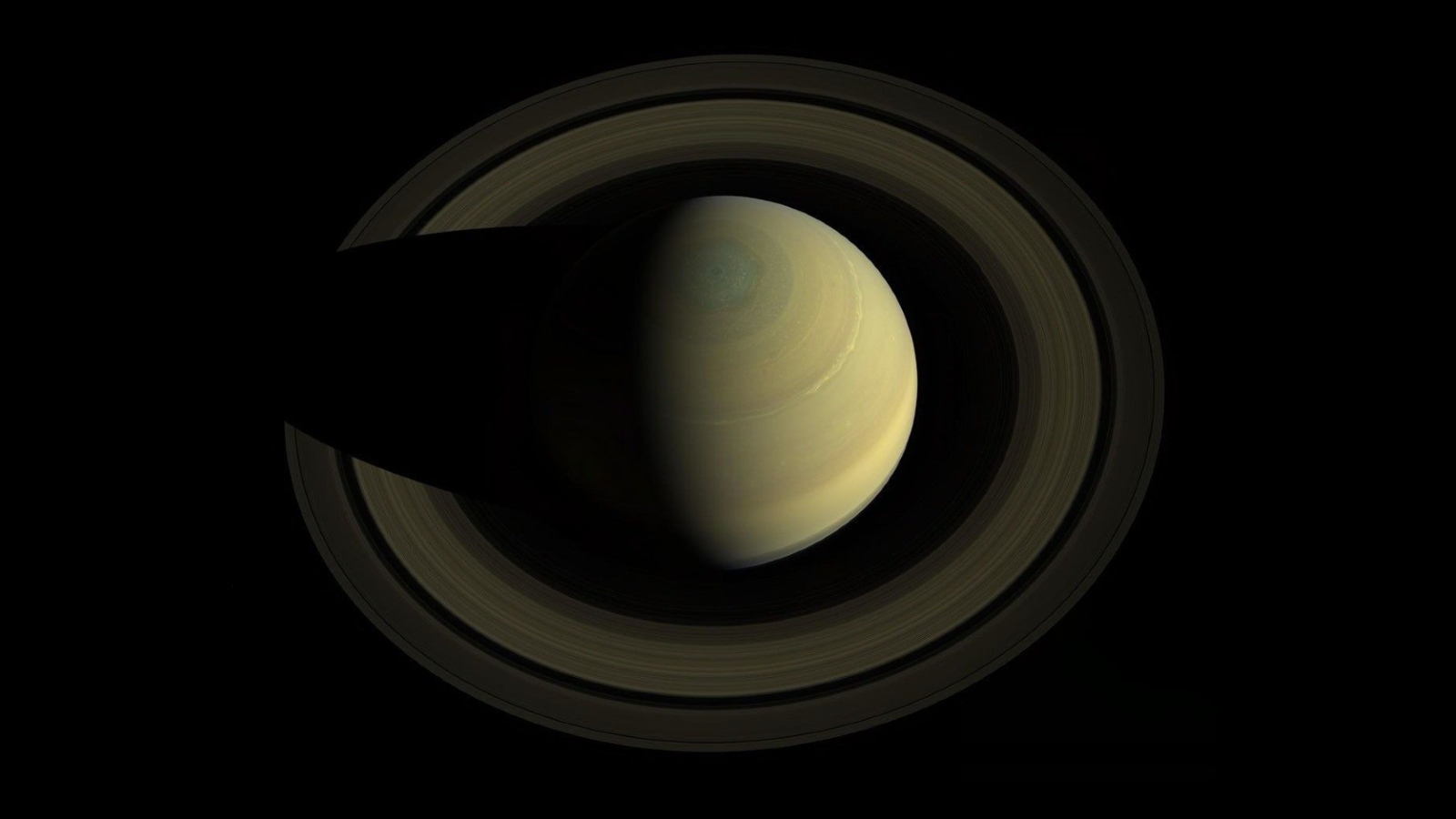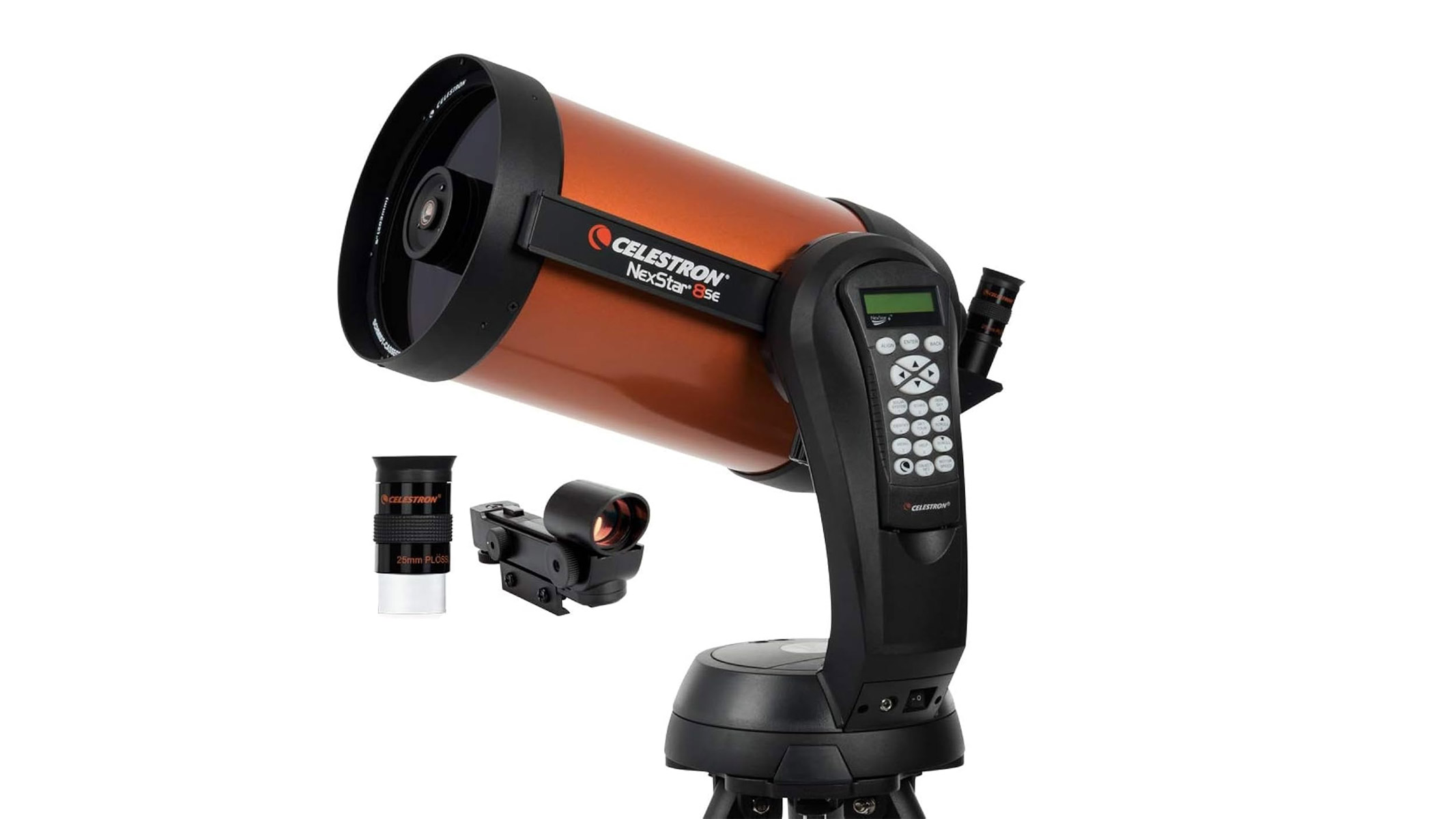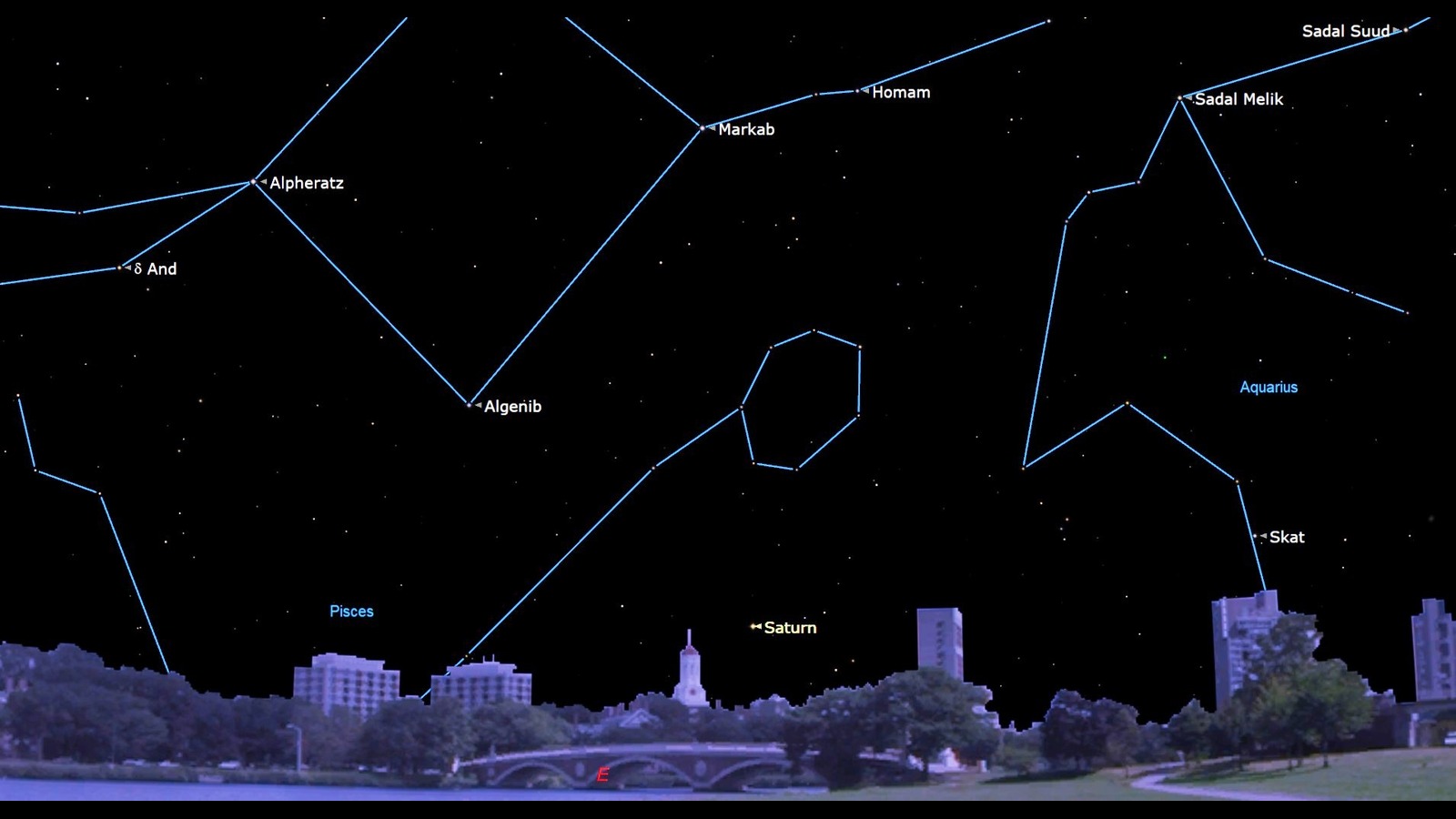
The coming week will see the gas giant Saturn return to the Northern Hemisphere's late night sky, after spending the last few months as a "morning star" rising in the predawn and early morning hours.
In recent months, Saturn put on a spectacular show for early risers, who witnessed the gas giant climb over the eastern horizon just ahead of sunrise, often in close proximity to Venus, Mercury and dimmer Neptune. Each passing day saw Saturn rise approximately four minutes earlier than the previous night, steadily distancing itself from the dawn's light.
Saturn will make its triumphant return to the late night sky for those in the Northern Hemisphere over the next week. New Yorkers will see the gas giant rise alongside the stars of the constellation Pisces at 11:57 p.m. EDT on July 9 (0357 GMT on July 10), Remember: the exact times that a planet rises and sets will vary based on your location, so be sure to check a trusted website like in-the-sky.org for timings tailored to your locale.

We reckon the Celestron NexStar 8SE is the best motorized telescope out there as it's great for astrophotography, deep-space observing and it offers stunning detailed imagery. It is a little pricey but for what you get, it's good value. For a more detailed look, you can check out our Celestron NexStar 8SE review, and while you're at it why not check out more of our best telescope deals for Prime Day!
Each successive night will see Saturn rise a few minutes earlier, making it increasingly visible in the evening sky. By the time Saturn reaches opposition — the point when Earth is positioned between the ringed giant and the sun, providing excellent viewing conditions — on Sept. 21, it will rise just a few minutes after sunset and will be observable throughout the night.
Saturn will be a fixture in the evening sky until the middle of March 2026, when it will pass close to the sun from our perspective, rendering it temporarily lost from view. Its emergence following the solar conjunction will herald its reappearance in the predawn sky, beginning the cycle anew.

Whilst Saturn is spectacular to view with the naked eye alone, a 6-inch telescope will help resolve the gas giant's iconic ring system, along with some of its larger moons. A larger 8-inch scope will even let you make out the 2,980-mile (4,800 kilometers) gap in the iconic ring system known as the Cassini Division, when viewed under good seeing conditions with dark skies.
Stargazers interested in exploring the wonders of the night sky for themselves should check out our guides to the best telescopes for observing the planets of our solar system. While you're at it, be sure to read up on the best astrophotography cameras to help you immortalize your skywatching sessions.







